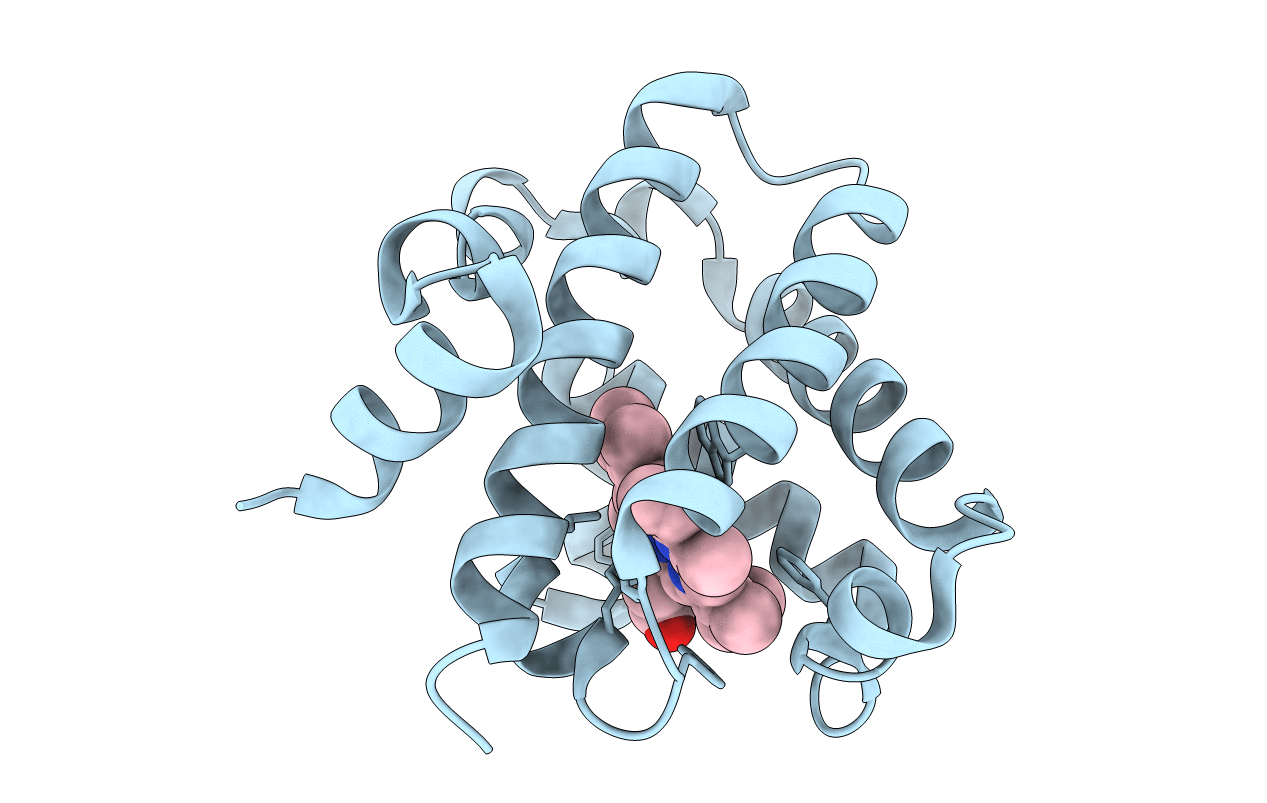
Deposition Date
2013-08-06
Release Date
2014-05-14
Last Version Date
2024-05-08
Entry Detail
PDB ID:
4C0N
Keywords:
Title:
Crystal structure of non symbiotic plant hemoglobin AHb3 (GLB3) from Arabidopsis thaliana
Biological Source:
Source Organism:
ARABIDOPSIS THALIANA (Taxon ID: 3702)
Host Organism:
Method Details:
Experimental Method:
Resolution:
1.77 Å
R-Value Free:
0.20
R-Value Work:
0.18
R-Value Observed:
0.18
Space Group:
P 43 3 2


